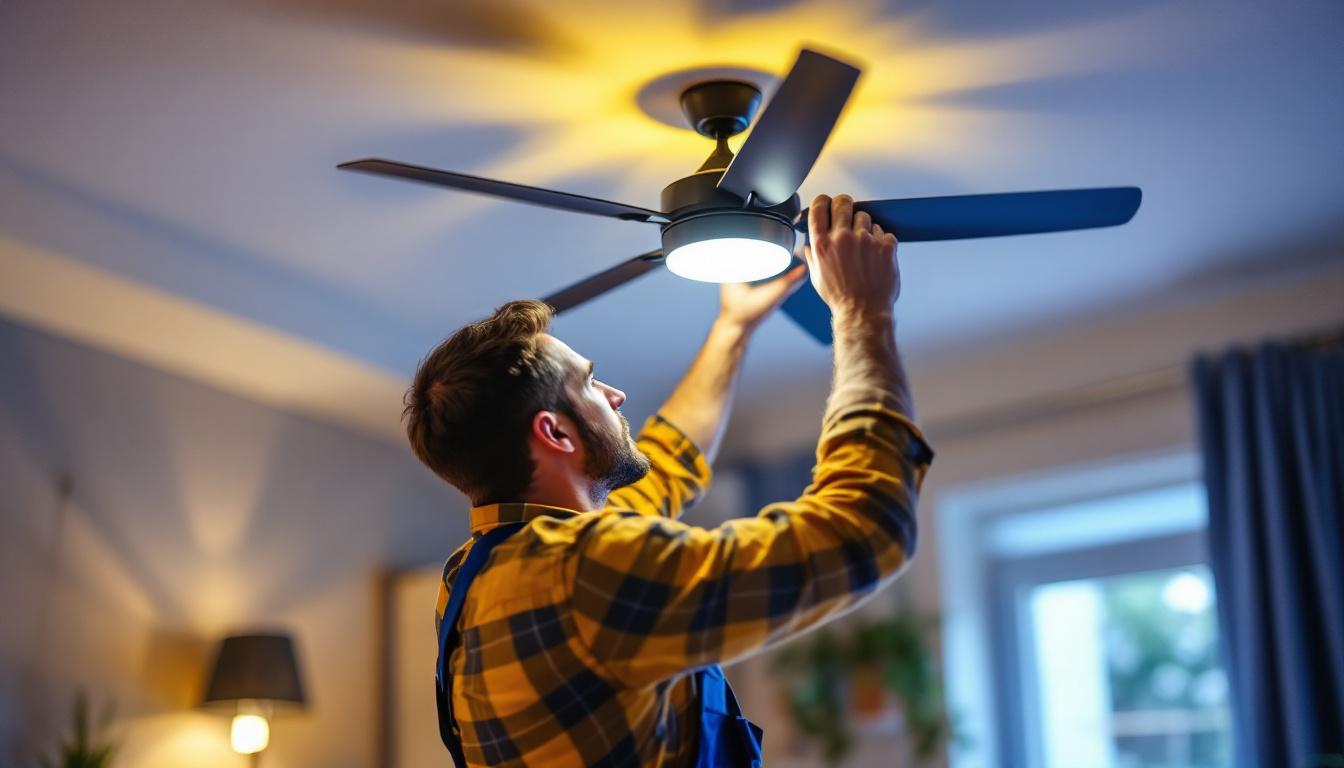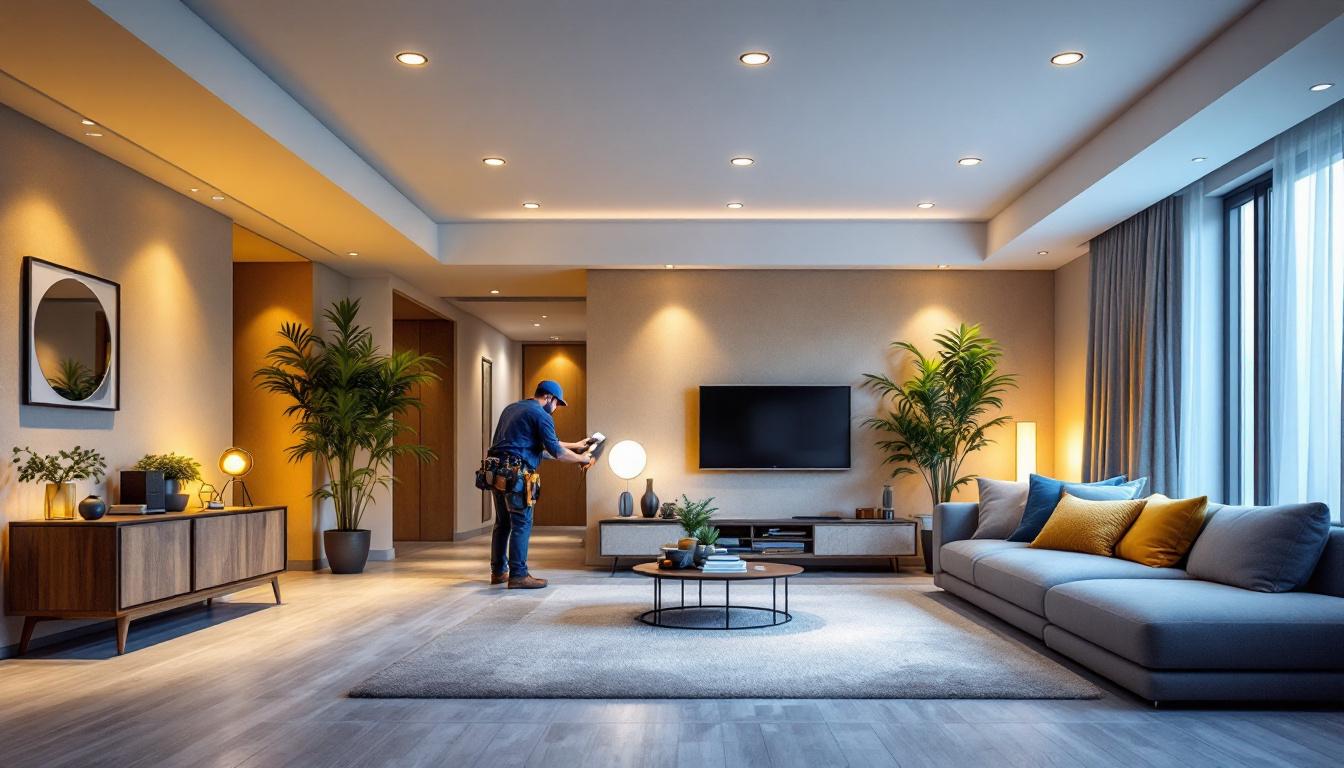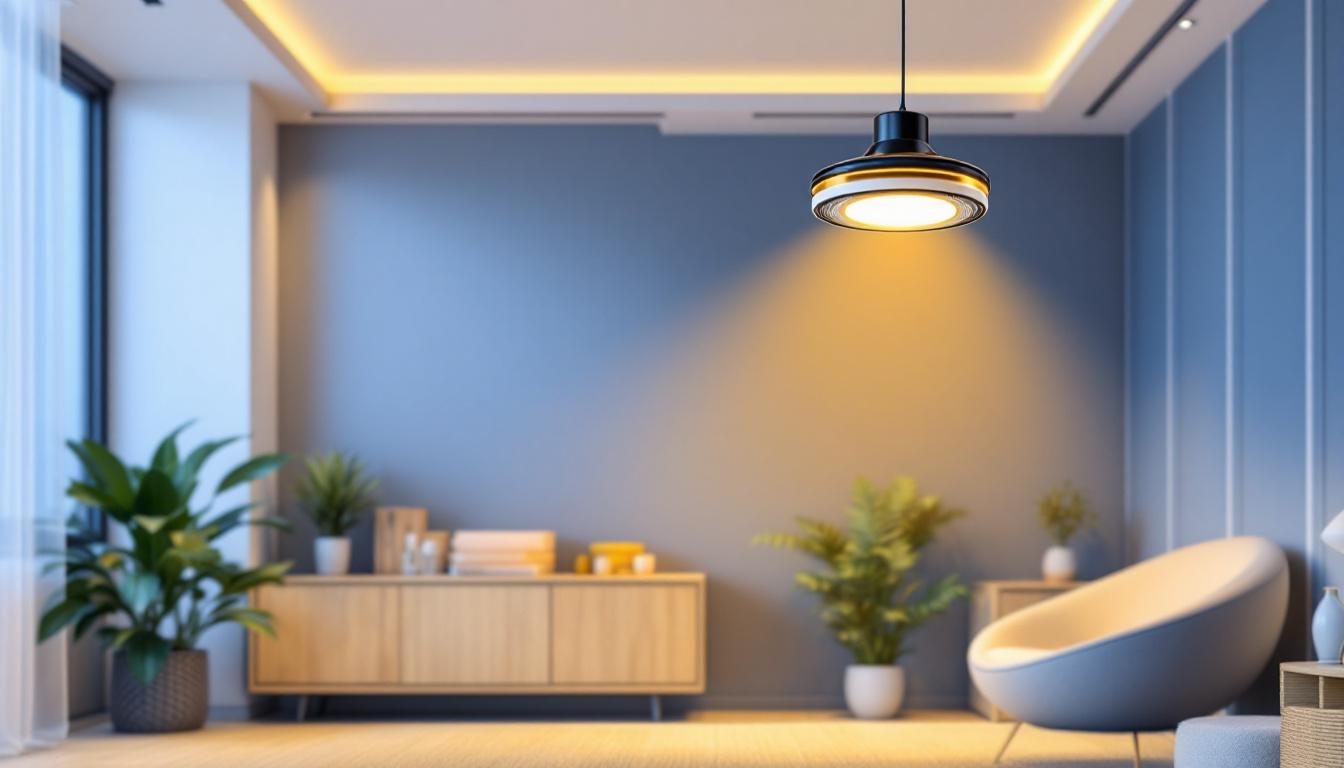
Lighting Fan: Key Tips for Lighting Contractors
In the ever-evolving world of lighting design and installation, the role of a lighting contractor is both challenging and rewarding. With advancements in technology and design aesthetics, lighting contractors must stay informed and adaptable. One of the most versatile components in lighting design is the lighting fan. This article provides key tips for lighting contractors to enhance their knowledge and skills regarding lighting fans, ensuring they can offer the best solutions to their clients.
Lighting fans, commonly known as ceiling fans with integrated lighting, serve a dual purpose: they provide illumination while also enhancing air circulation. This multifunctionality makes them a popular choice in both residential and commercial settings. Understanding the mechanics and design options available is essential for lighting contractors. The combination of light and airflow not only contributes to a more comfortable environment but also allows for creative design possibilities that can transform a room.
There are several types of lighting fans available on the market, each designed to cater to different needs and preferences. The most common types include:
Incorporating lighting fans into a project can offer numerous benefits. They not only enhance the aesthetic appeal of a space but also provide practical advantages:
Additionally, the installation of lighting fans can contribute to a room’s ambiance. Many models come with adjustable brightness settings and remote control options, allowing users to customize lighting levels according to their needs. This feature is particularly useful for creating a cozy atmosphere during movie nights or providing bright light for tasks such as reading or cooking. Moreover, the ability to reverse the fan’s direction can enhance comfort during different seasons, making them a year-round solution for maintaining an inviting environment.
Furthermore, the integration of smart technology into lighting fans is an exciting trend that is gaining traction. Many modern fans can be controlled via smartphone apps or voice-activated devices, allowing for greater convenience and customization. This tech-savvy approach not only enhances user experience but also aligns with the growing demand for smart home solutions, making lighting fans an ideal choice for the modern homeowner looking to blend functionality with innovation.
Proper installation is crucial for the performance and safety of lighting fans. Lighting contractors must be aware of several key factors to ensure a successful installation.
Before installation, it’s essential to assess the existing electrical wiring. Lighting fans typically require a dedicated circuit, especially if they have multiple light sources or features such as remote controls. Contractors should ensure that the wiring meets local codes and can handle the load of the fan and lights. Additionally, it’s advisable to check for any potential electrical hazards, such as frayed wires or outdated circuit breakers, which could compromise the safety of the installation. Utilizing a multimeter to test voltage and continuity can help prevent future electrical issues, ensuring that the fan operates efficiently and safely.
The height at which a lighting fan is mounted can significantly affect its performance. Ideally, the fan blades should be positioned 7 to 9 feet above the floor for optimal airflow. Additionally, the location of the fan should be carefully considered to avoid obstructions and ensure even distribution of light and air. Factors such as ceiling height, room size, and furniture placement should be taken into account to maximize the fan’s effectiveness. In larger rooms, multiple fans may be necessary to achieve the desired comfort level, while in smaller spaces, a compact design can enhance both aesthetics and functionality.
After installation, it’s important to balance the fan to prevent wobbling and noise. This can be achieved by adjusting the blade alignment and ensuring that all screws are tightened. Testing the fan’s functionality and light output is also essential to confirm that everything operates smoothly before completing the project. Furthermore, contractors should educate homeowners on the importance of regular maintenance, such as cleaning the fan blades and checking for loose screws, to prolong the lifespan of the fan. It may also be beneficial to demonstrate how to use any remote controls or smart features, ensuring that the homeowners feel confident in operating their new lighting fan.
Keeping up with design trends is vital for lighting contractors looking to impress clients and stay competitive. Lighting fans have evolved significantly, and current trends reflect changing consumer preferences.
Smart lighting fans that can be controlled via mobile apps or voice-activated devices are gaining popularity. These fans often feature adjustable speeds, light dimming options, and scheduling capabilities. Contractors should familiarize themselves with these technologies to offer clients modern solutions.
Minimalist and industrial designs are trending in contemporary interiors. Lighting fans with sleek lines, metallic finishes, and simple forms can enhance the aesthetic of modern spaces. Contractors should be prepared to recommend fans that align with these design philosophies.
Color and finish options play a significant role in the overall look of a lighting fan. From matte black to brushed nickel, the right finish can complement various decor styles. Contractors should stay informed about the latest color trends and be able to guide clients in selecting finishes that enhance their spaces.
Fans can accumulate dust and debris, which can affect their performance and efficiency. Clients should be advised to clean the blades regularly using a soft cloth or a vacuum attachment. It’s also important to check the light fixtures for any burnt-out bulbs and replace them as needed.
Lighting contractors should be prepared to address common issues that clients may encounter with their lighting fans:
Effective communication with clients is crucial for lighting contractors. Educating clients about lighting fans, their benefits, and installation requirements can lead to better project outcomes and increased customer satisfaction.
Contractors should provide clients with clear and concise information about the lighting fans being installed. This includes details about energy efficiency, maintenance requirements, and any warranties or guarantees. Transparency fosters trust and helps clients make informed decisions.
Design consultations can be an excellent way to engage clients and demonstrate expertise. By discussing their preferences, lifestyle, and the intended use of the space, contractors can recommend lighting fans that best suit their needs. This personalized approach can enhance client satisfaction and lead to referrals.
Lighting fans are a versatile and functional addition to any space, offering both illumination and airflow. For lighting contractors, understanding the various types, installation considerations, design trends, and maintenance tips is essential for providing exceptional service. By staying informed and engaging with clients, contractors can enhance their reputation and ensure successful project outcomes.
Ultimately, the key to thriving in the lighting industry lies in continuous learning and adaptation. As technology and design preferences evolve, lighting contractors must remain proactive in their approach, ensuring they can meet the diverse needs of their clients. By following these key tips, lighting contractors can confidently navigate the world of lighting fans and elevate their craft.
Ready to elevate your lighting projects with the best in class lighting fans? Look no further than LumenWholesale, where we provide contractors with the finest spec-grade lighting products at unbeatable wholesale prices. Say goodbye to local distributor markups and hello to our extensive selection that meets the highest industry standards. With LumenWholesale, you can count on reliable, high-performance lighting for every project, plus the convenience of free shipping on bulk orders. Don’t compromise on quality or value—choose LumenWholesale for the perfect blend of affordability and top-tier lighting solutions. Wholesale Lighting at the Best Value is just a click away.

Discover how CCT cabinet lighting can revolutionize cost efficiency for lighting contractors.

Discover how 4 recessed LED downlights can transform your business with increased efficiency and profits.

Discover how integrating light fixture fans can revolutionize efficiency for lighting contractors.

Discover the crucial insights lighting contractors need to know about waterproofing electrical boxes.